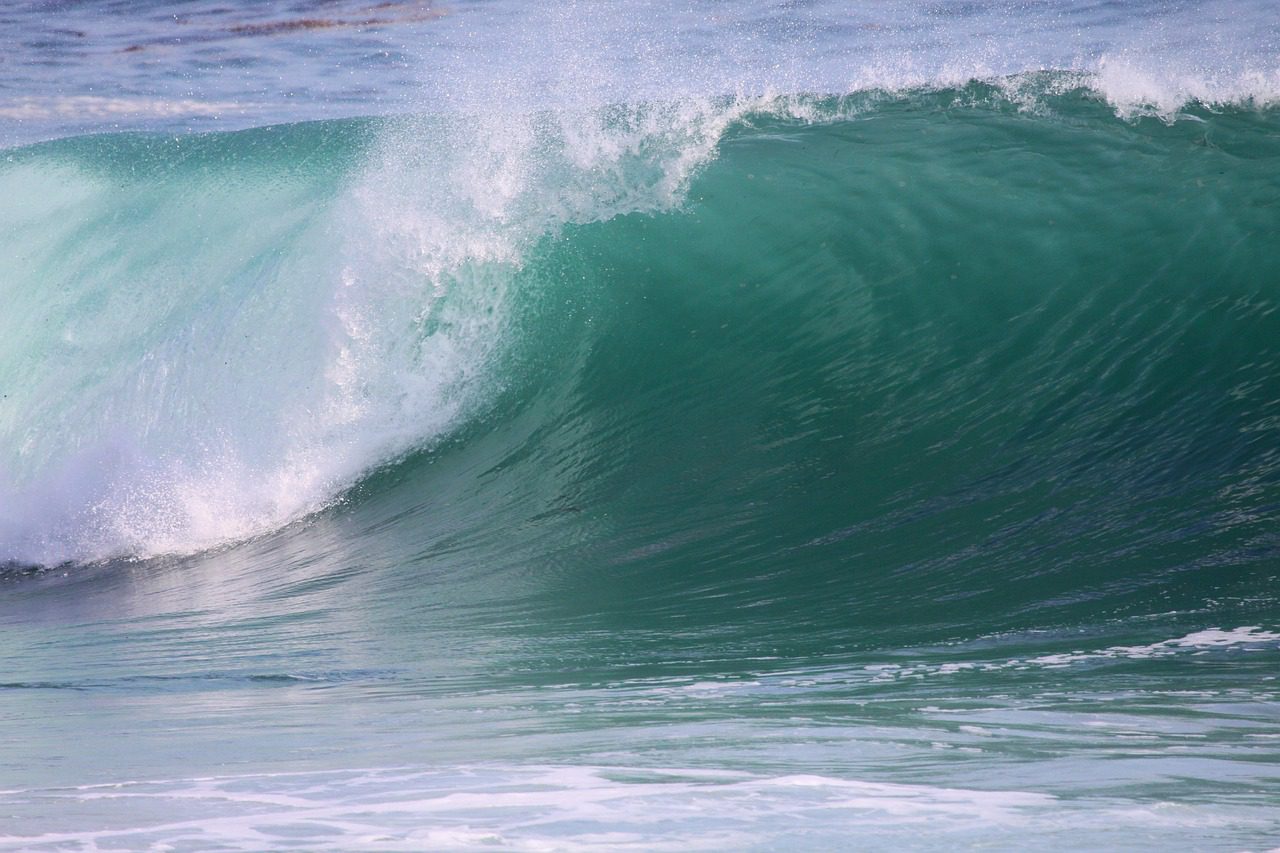In anticipation of today’s City of San Diego press conference responding to statewide drought, Coastkeeper says now is the time for mandatory conservation
SAN DIEGO, February 5, 2014 –The City of San Diego is anticipated to respond to the recent statewide drought declaration during its press conference today. Citing 2013 as California’s driest year on record, the City of San Diego is expected to echo the County Water Authority’s claim that the region has plentiful water in storage and call on the community to do more to conserve.
San Diego Coastkeeper, which protects fishable, swimmable and drinkable waters, thanks the City for its call to conservation, but warns that voluntary measures may not be enough.
“As water importers, we have a responsibility to conserve when our end-of-pipe habits have devastating effects rippling throughout the western United States,” said Waterkeeper Matt O’Malley about San Diego’s impacts on the Colorado River Basin and the Sacramento Bay Delta. “We import over 80 percent of our water from outside the region, which means the low snow pack and the drying Colorado River have major implications on our water supply.”
O’Malley says that the drought can serve as a good educational tool to inform the public on why permanent conservation methods are a necessary part of life in San Diego, noting regionally, almost 60 percent of the drinking water supply is used on outdoor irrigation.
“I’d like to see the City investigate and implement permanent scheduled irrigation in San Diego as part of its Water Wise Program,” said O’Malley, who will request the City’s environment committee to amend municipal code chapter 6. He says he’d like the code to include mandatory and permanent (drought and post-drought) irrigation scheduling of two days per week maximum, or a similarly restrictive localized schedule, and restrictive time frames on the duration of the watering to maximize water conservation. “This restriction should be the new normal in San Diego.”
To give it perspective, O’Malley says that Dallas, Texas, adopted an ordinance that made maximum twice-weekly watering mandatory in 2012. According to spokespeople from Dallas, it’s too early to share concrete numbers but they have seen a reduction in consumption since enacting the ordinance in 2012.
History shows water restrictions work in San Diego, too. When the Water Authority enacted mandatory restriction in 2009, county residents responded by conserving around 20 percent. And in 2009-2011, the region reduced its water use by 14 percent.
With warnings that the State Water Project, which delivers water from Northern California to Central and Southern California, will not be transferring water this year, O’Malley says now is the time for the City of San Diego to recognize the interconnectedness of our water system. Our water use habits affect the entire state and southwest region of the United States.
“We can no longer depend on increasing water imports from the Colorado River—it’s drying up,” said O’Malley. “While that strategy has worked for several years, and it’s why our water storage appears healthy right now, it’s not going to last.”
In addition to mandatory conservation, O’Malley asks the City and San Diego County Water Authority to prioritize potable reuse as part of their sustainable and informed long-range plans.
For more information on San Diego Coastkeeper and water supply solutions, please visit localhost/sdcoastkeeper.
###
SAN DIEGO COASTKEEPER: Founded in 1995, San Diego Coastkeeper protects and restores fishable, swimmable and drinkable waters in San Diego County. Visit us online at https://www.sdcoastkeeper.org.













